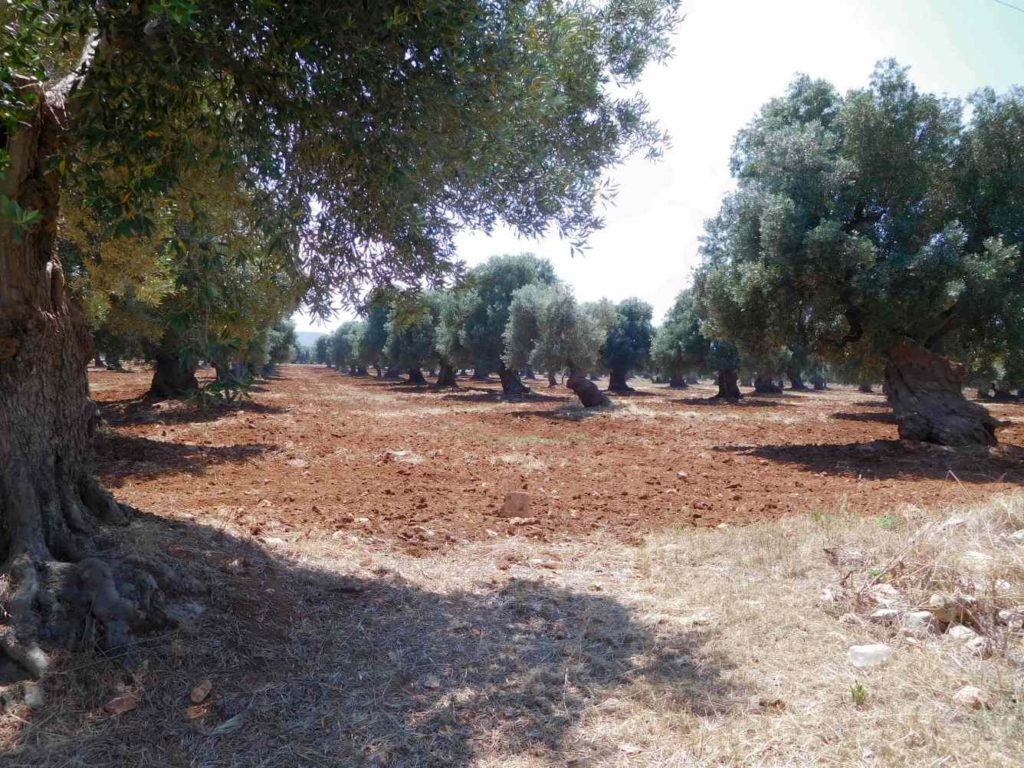
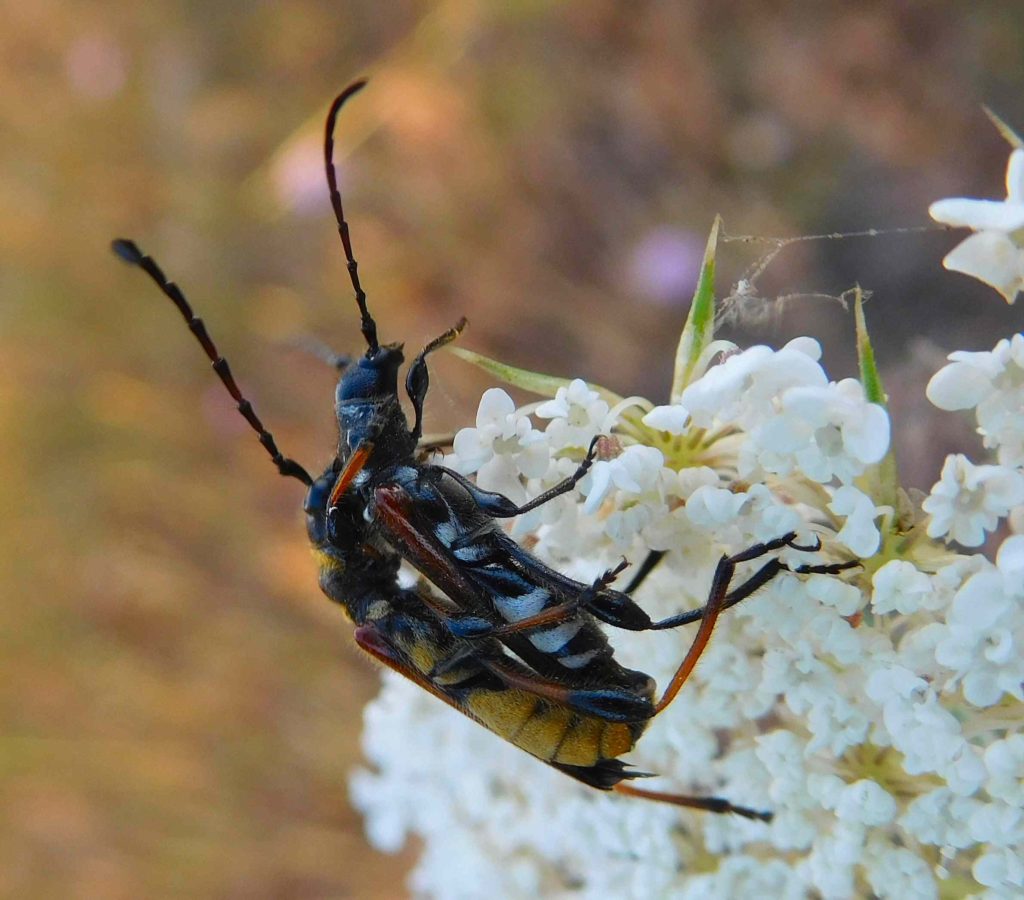

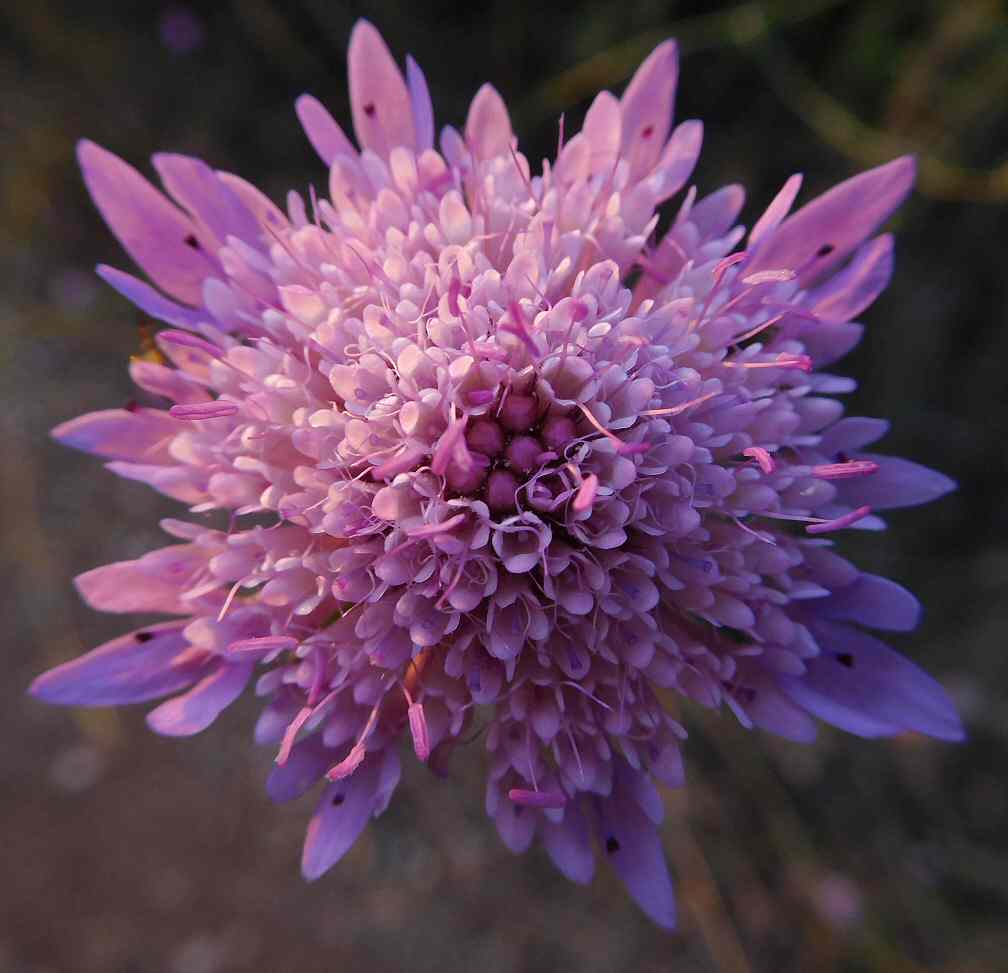
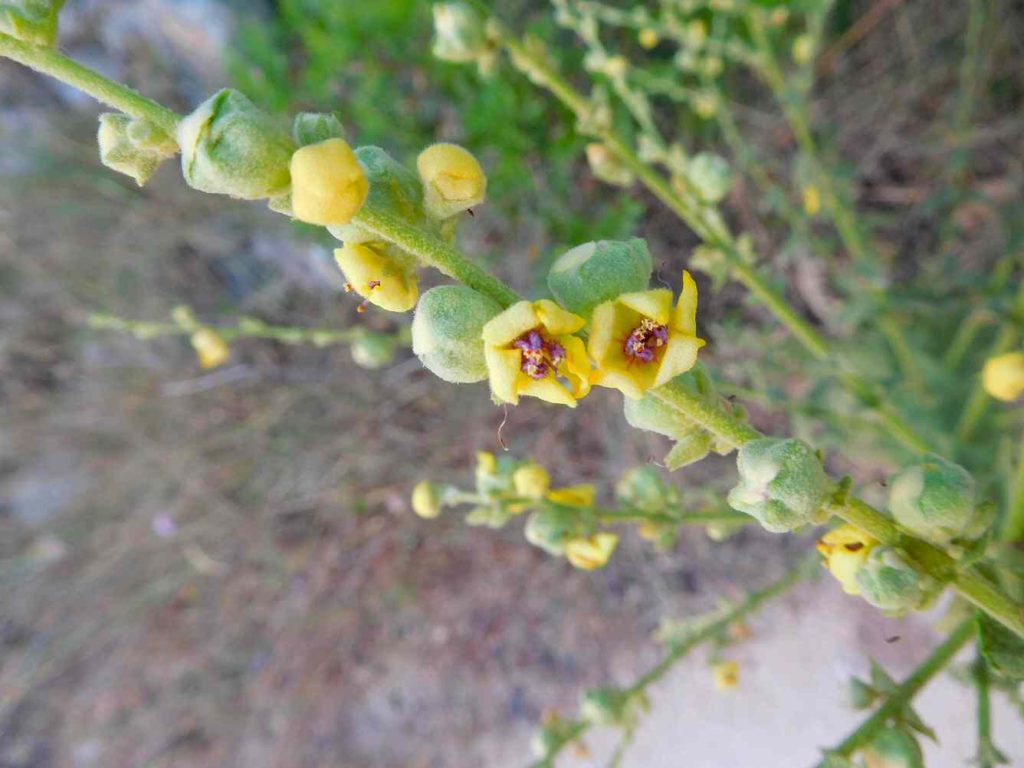
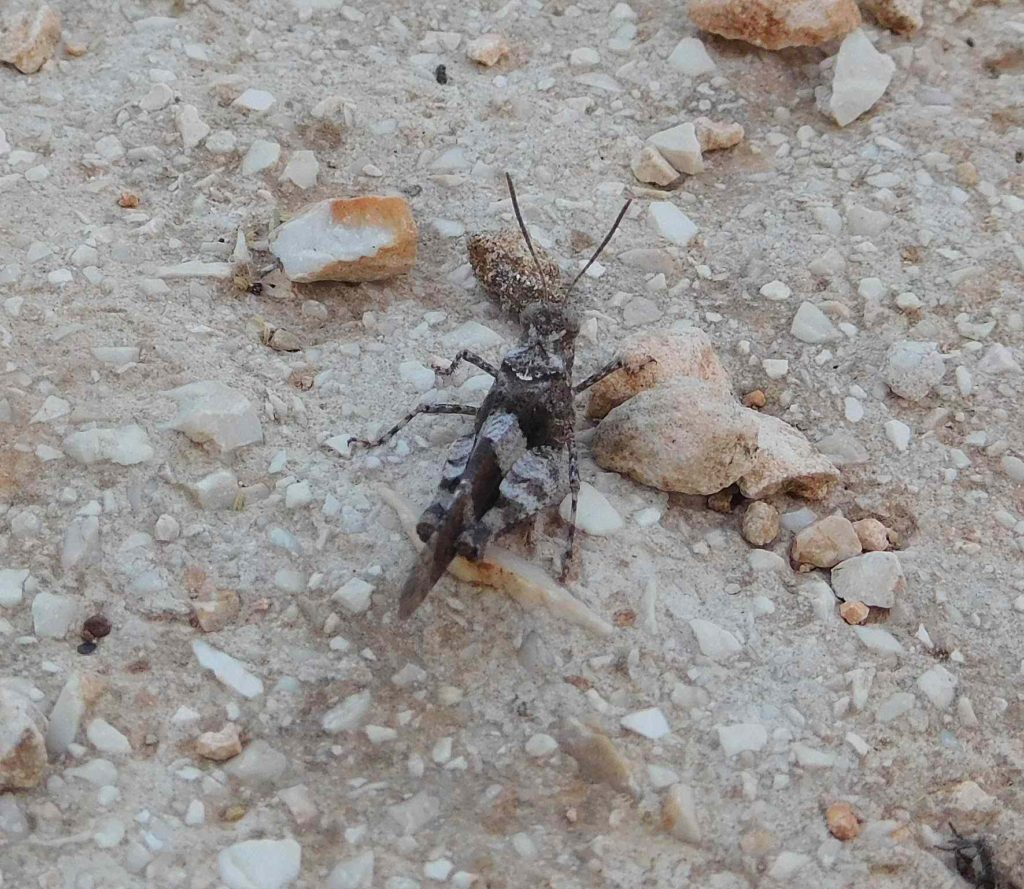
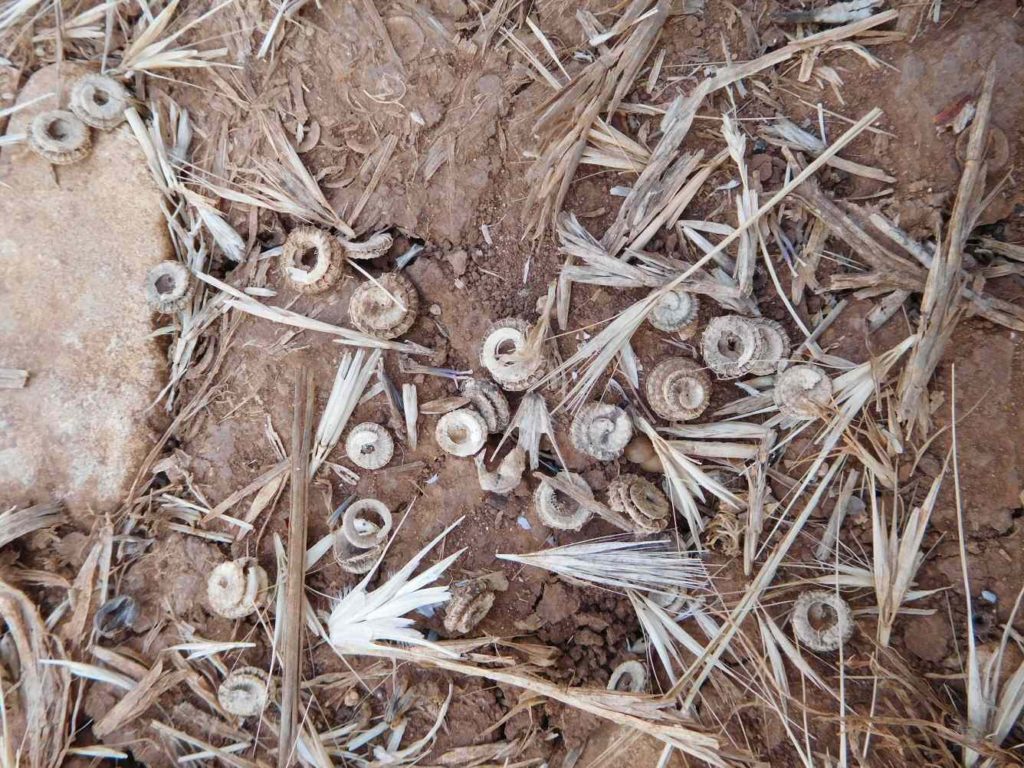
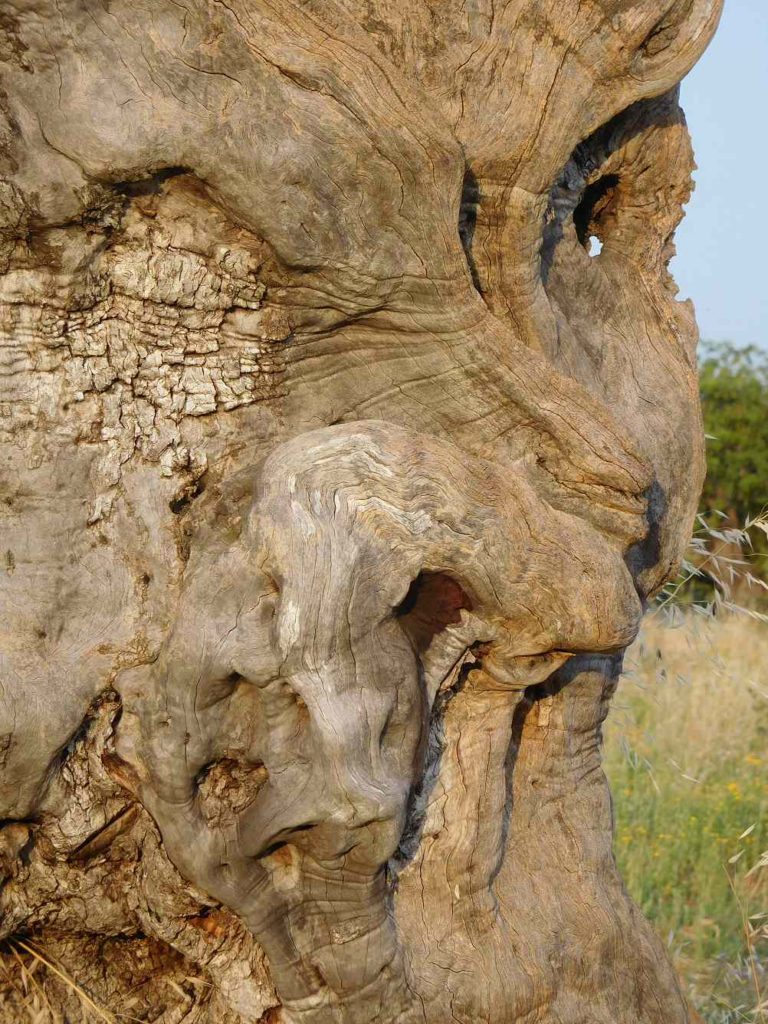
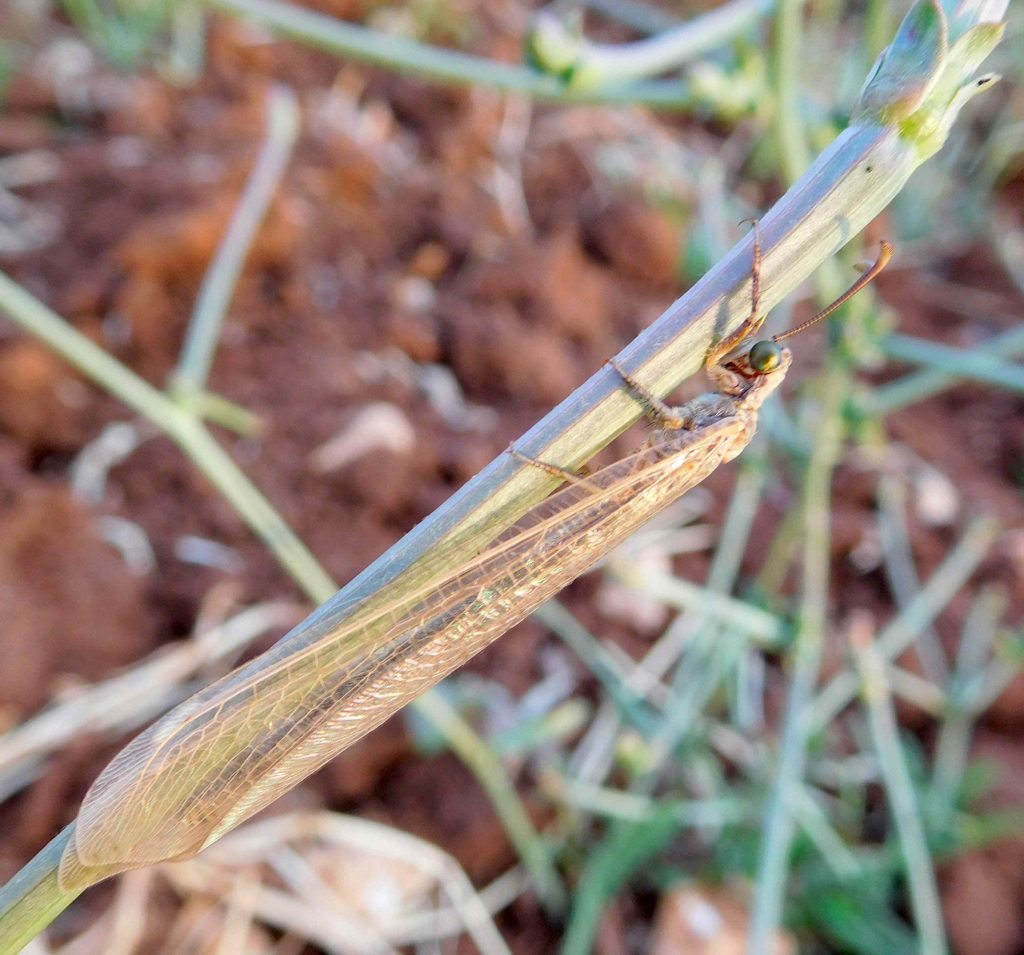
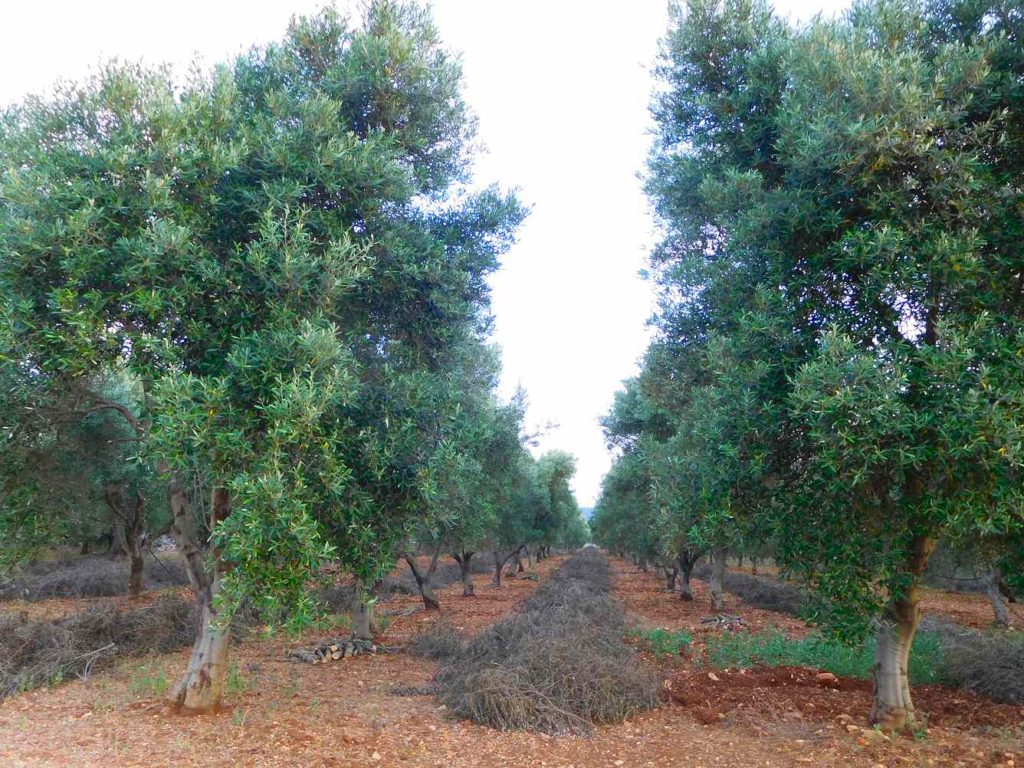
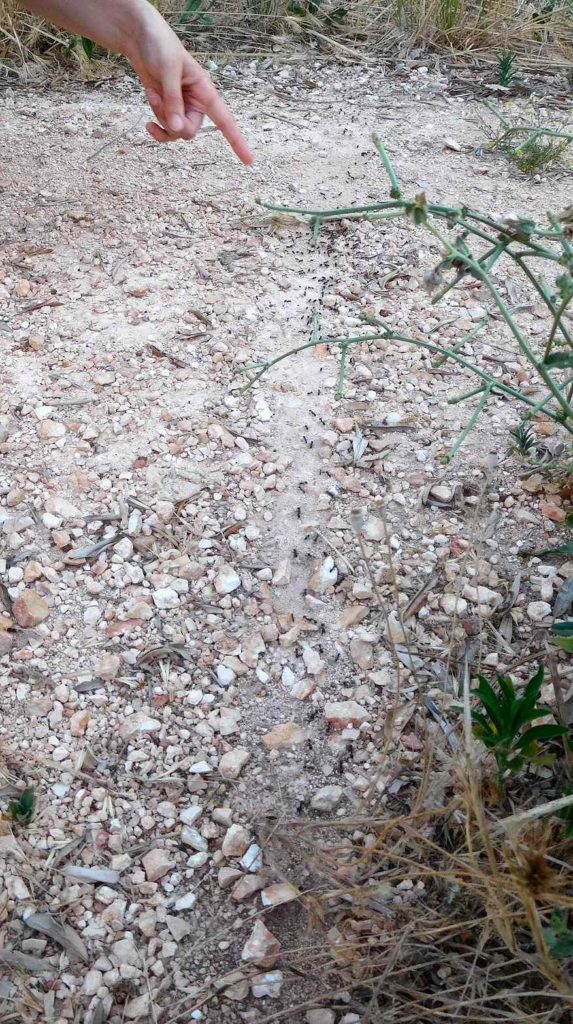
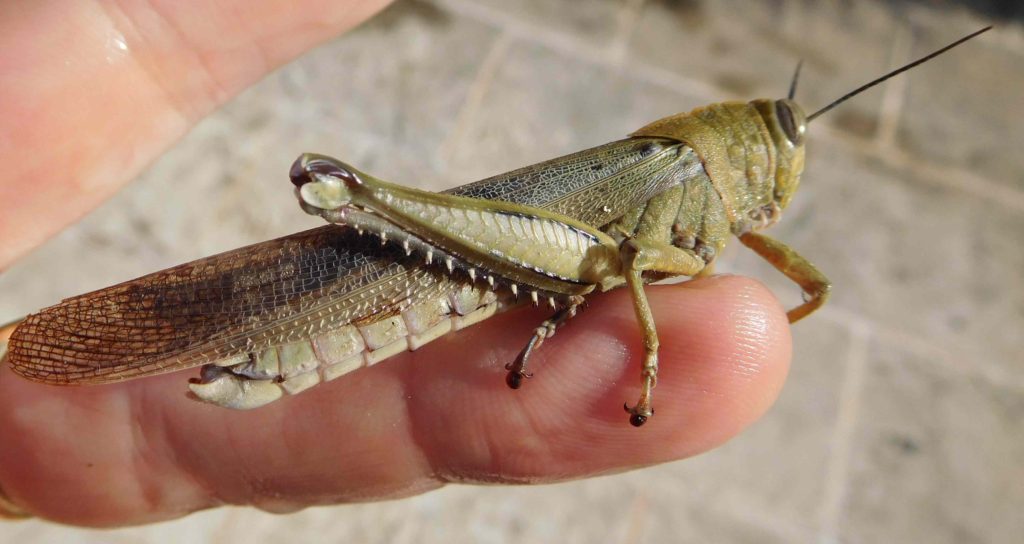
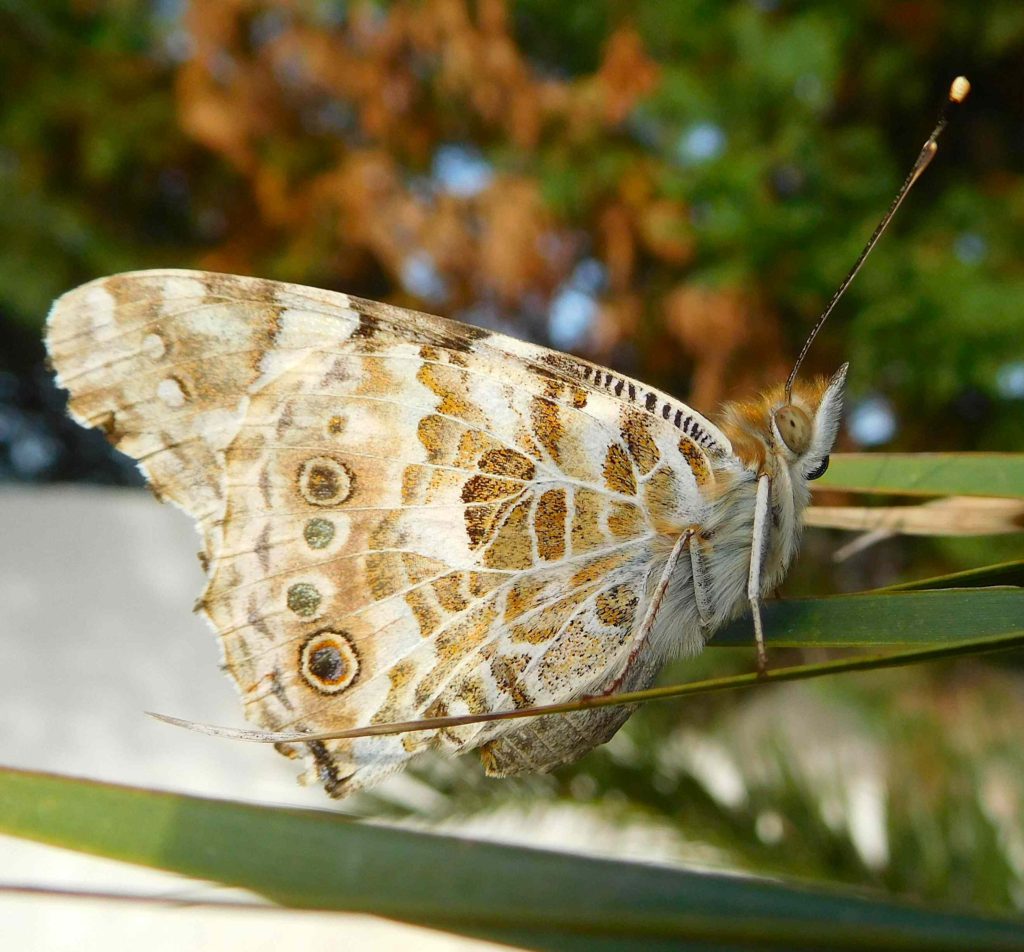
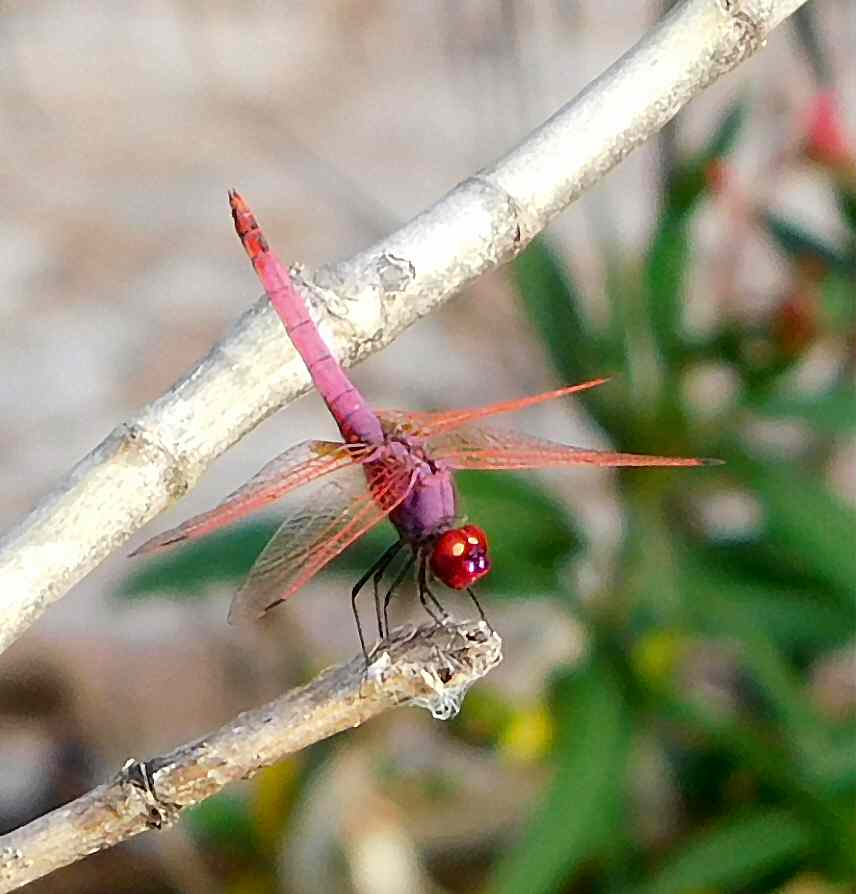
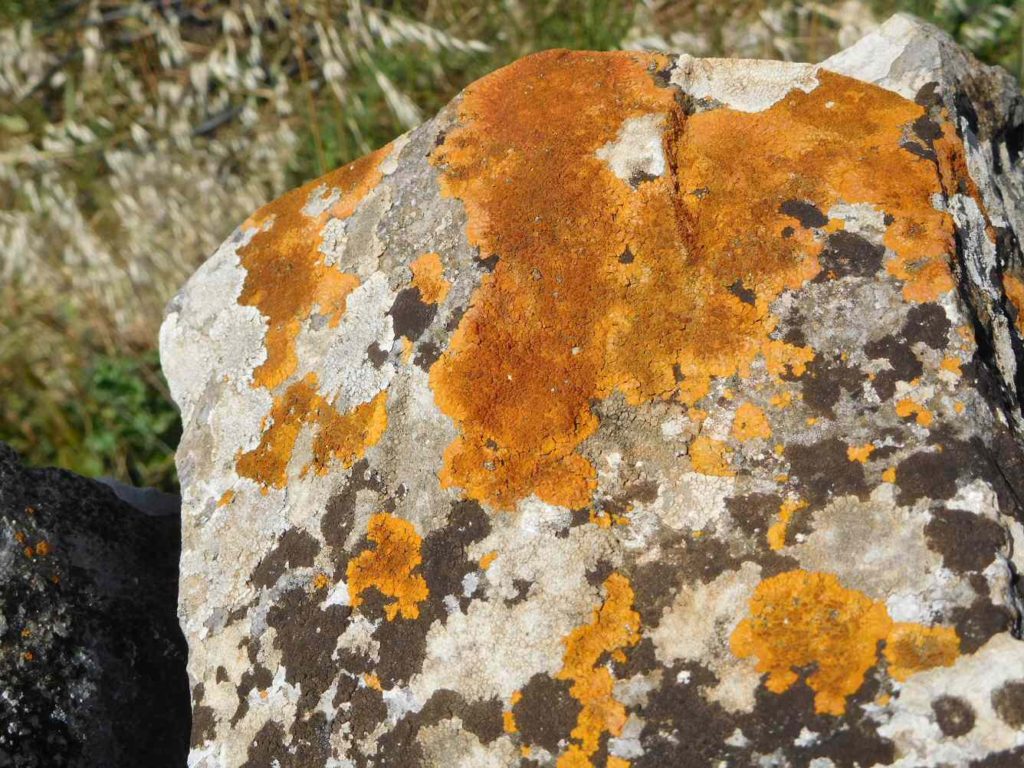
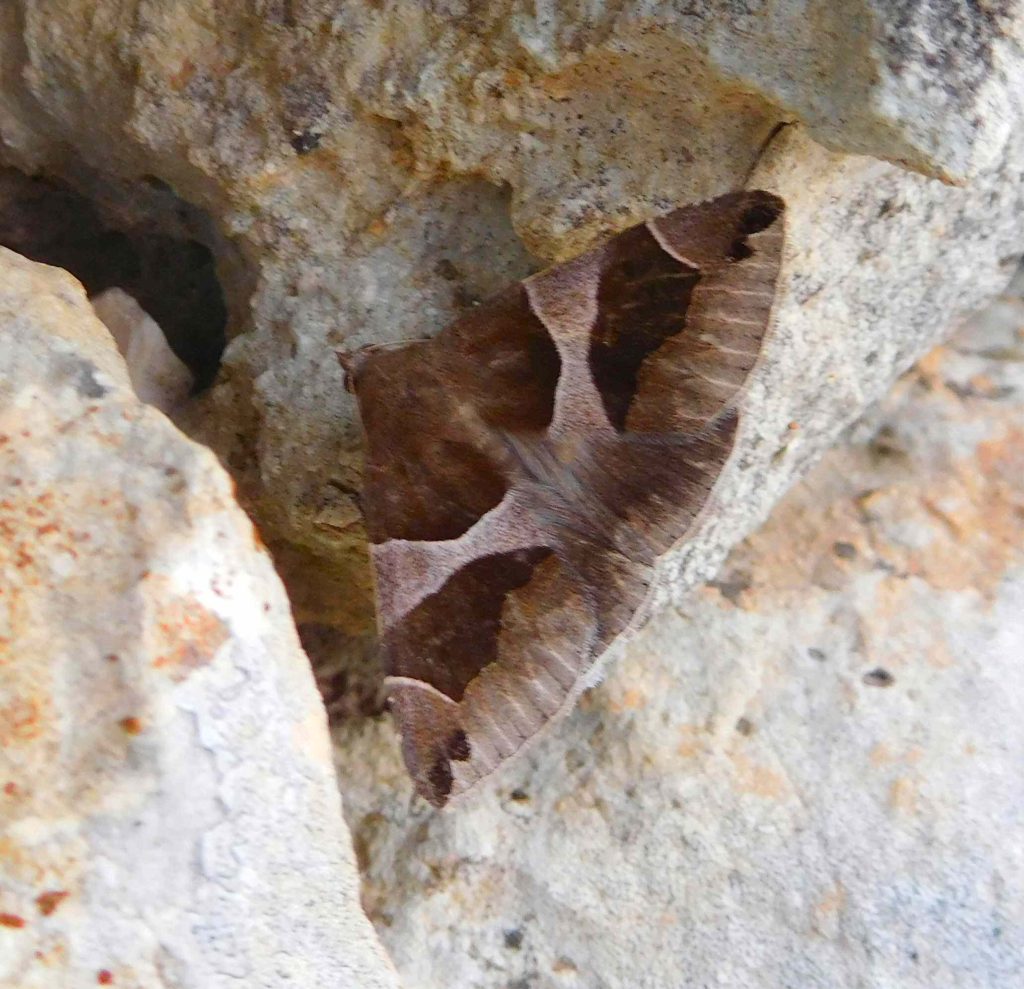
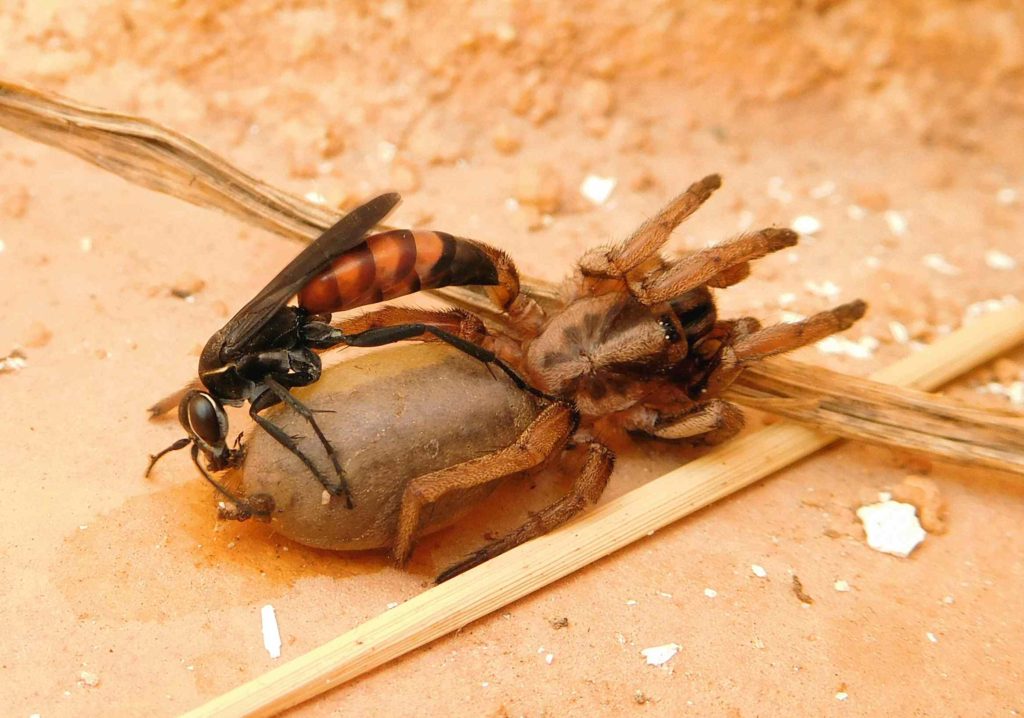

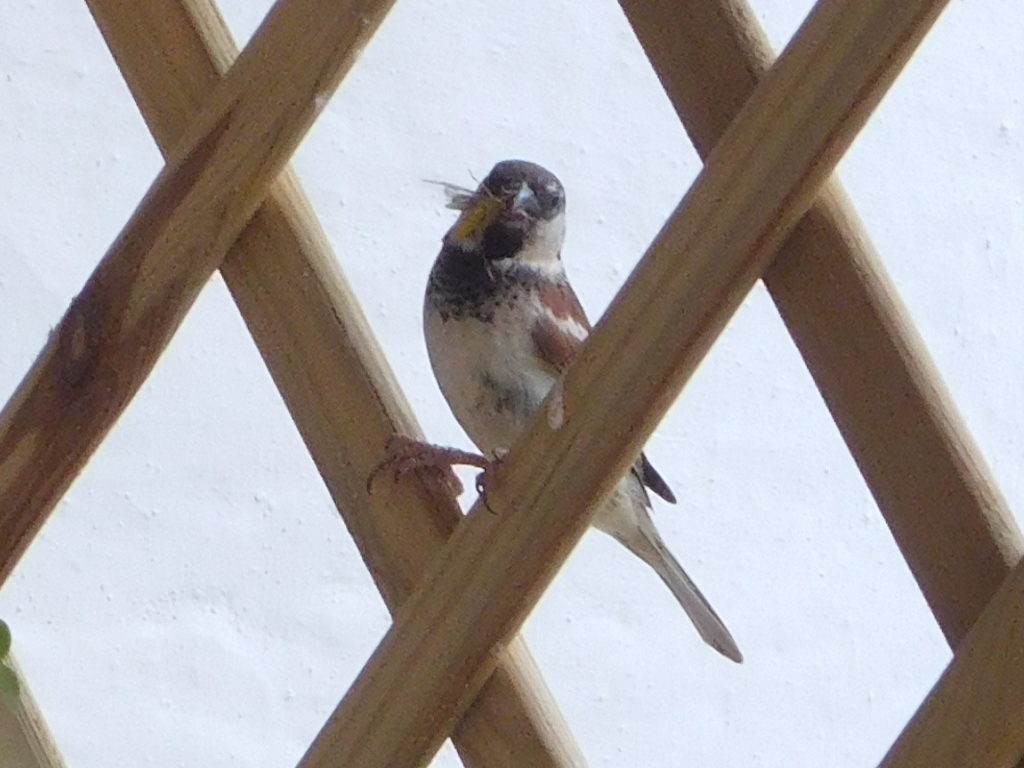



















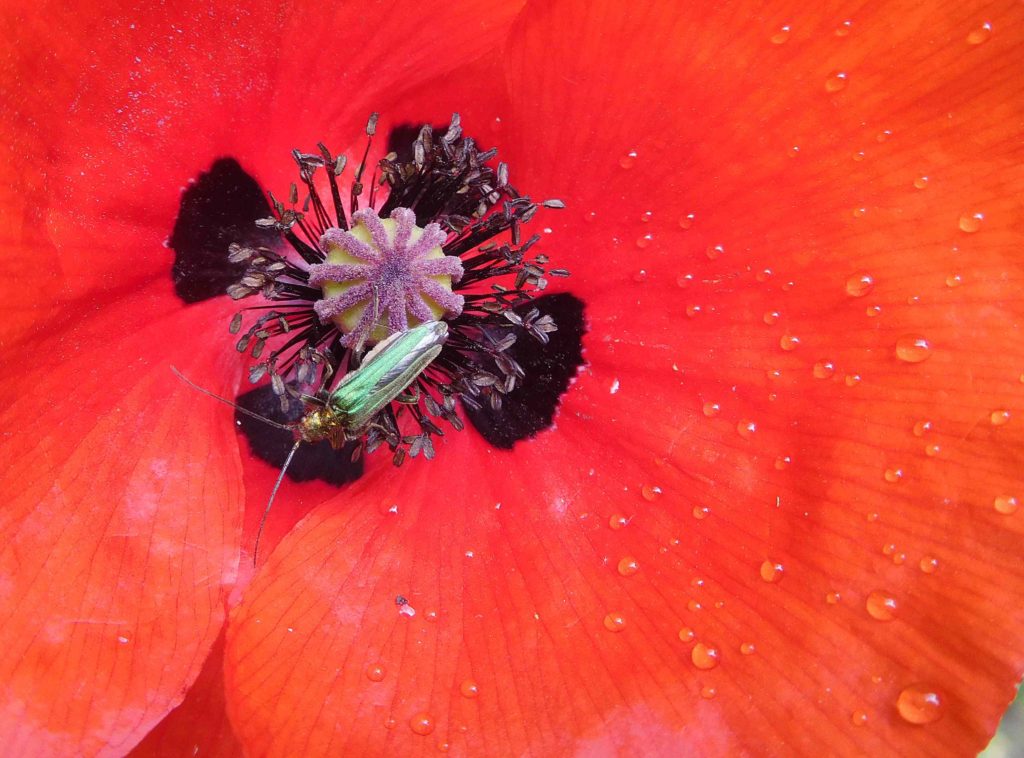
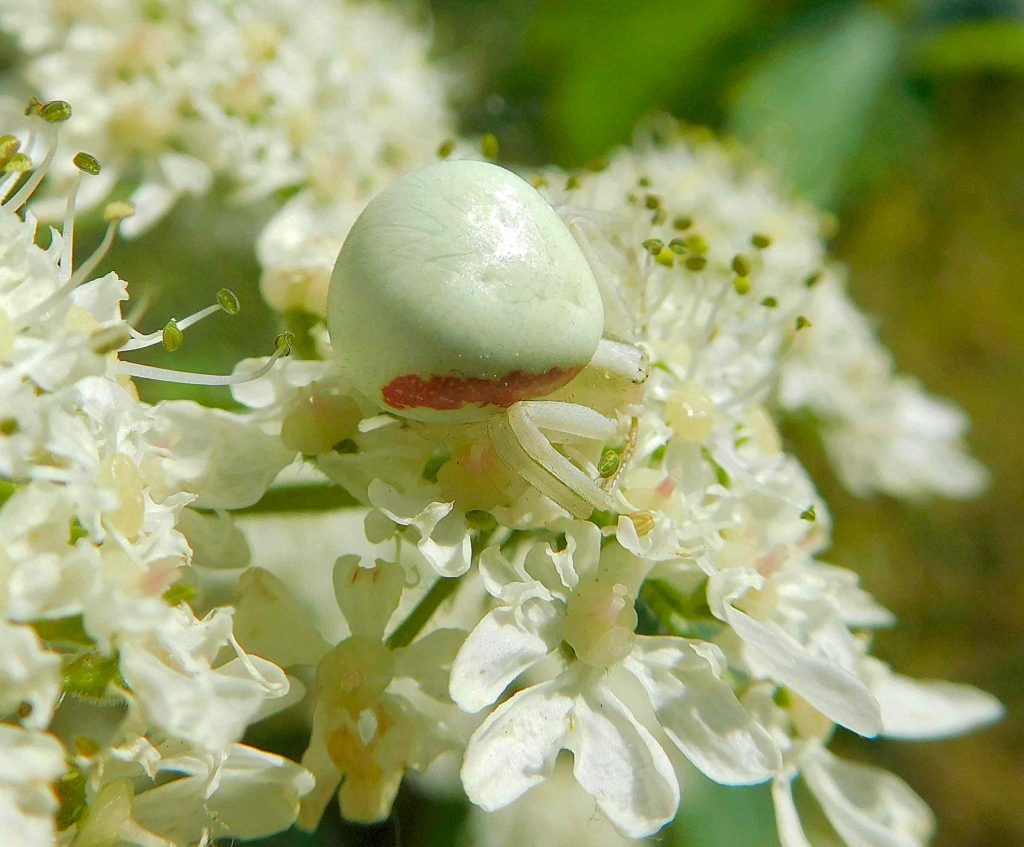

Caution: this article contains no blood, but one of the photographs of an insect could be upsetting to sensitive readers.
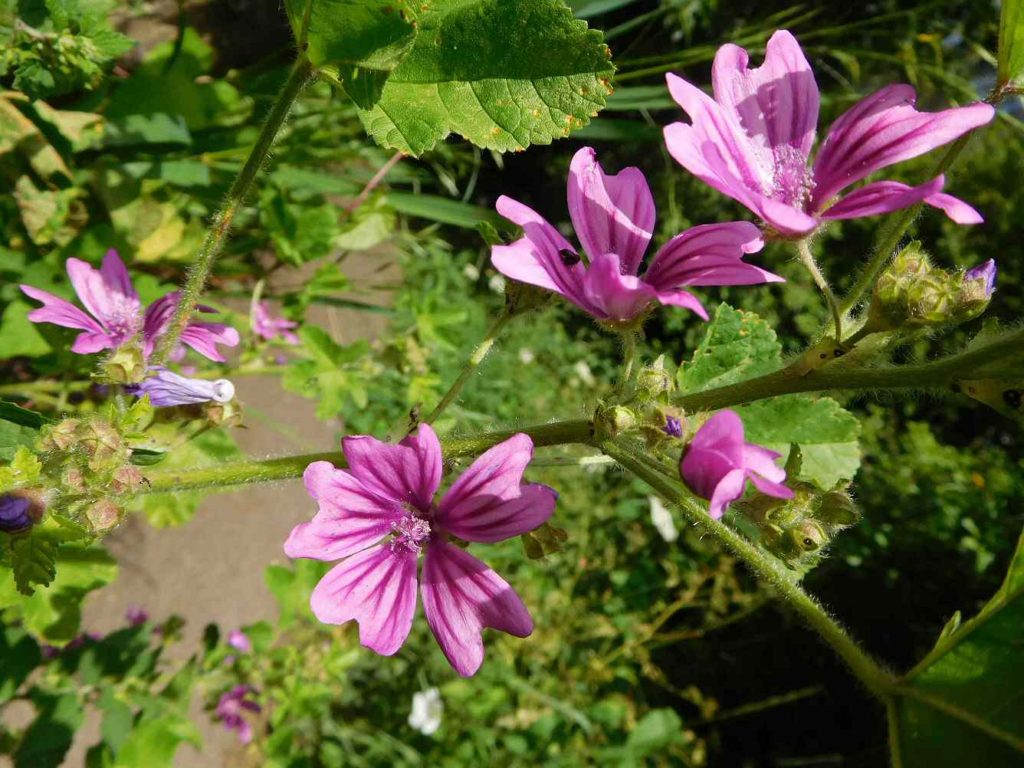
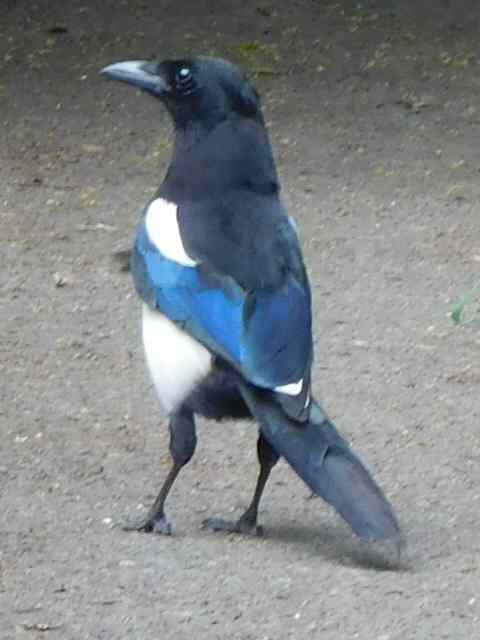
Magpies are rather omnivorous predators, feeding on whatever they can catch – the eggs of other birds are a favourite, along with chicks, and the juicy caterpillars and larvae of insects. Unlike foxes, which will crunch up even large beetles whole (leaving wing-cases and other recognisable body parts in their droppings), they feed selectively, eating the soft abdomen of large beetles like the Stag Beetle, and abandon the heavily-armoured thorax and head. The beetles, their bodies broken and their chances of reproduction gone, clamber slowly and pitifully about, sometimes for days.
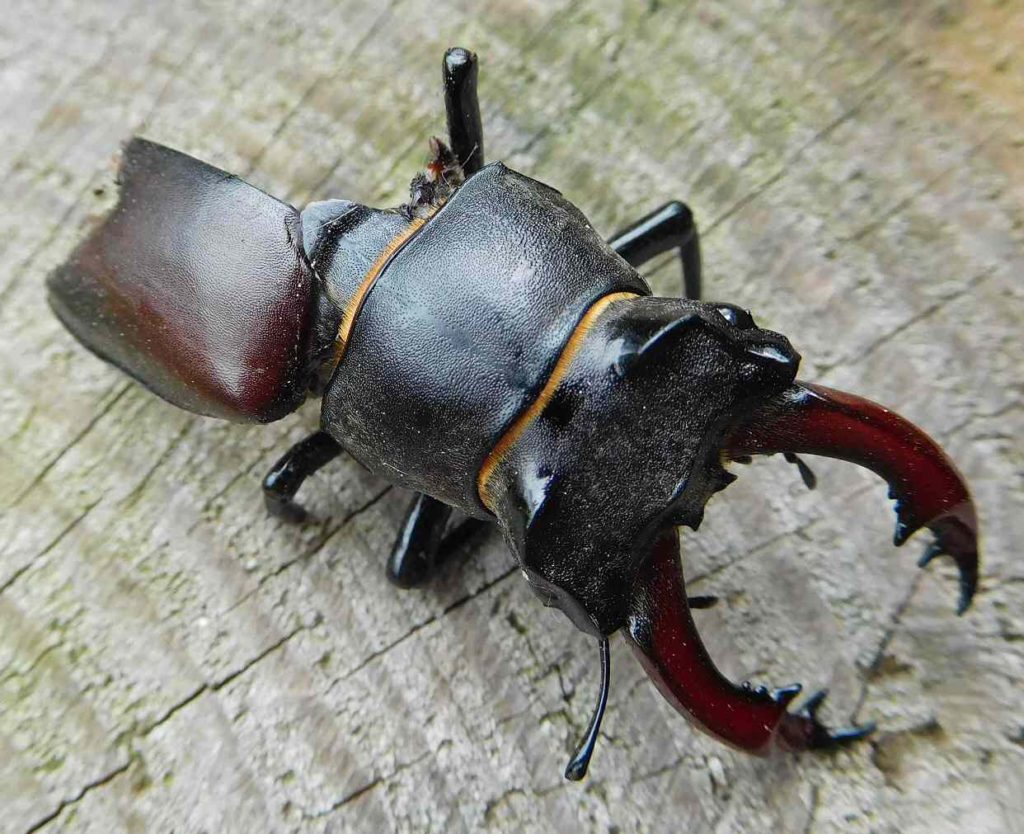
On a happier note, we saw a Red Admiral resting in the woods on some Ivy. The Nymphalid butterflies are all getting scarce, so it was a welcome addition to the usual suspects — Brimstone, Small White, Speckled Wood, Holly Blue — on a day without much sunshine to bring the butterflies out.
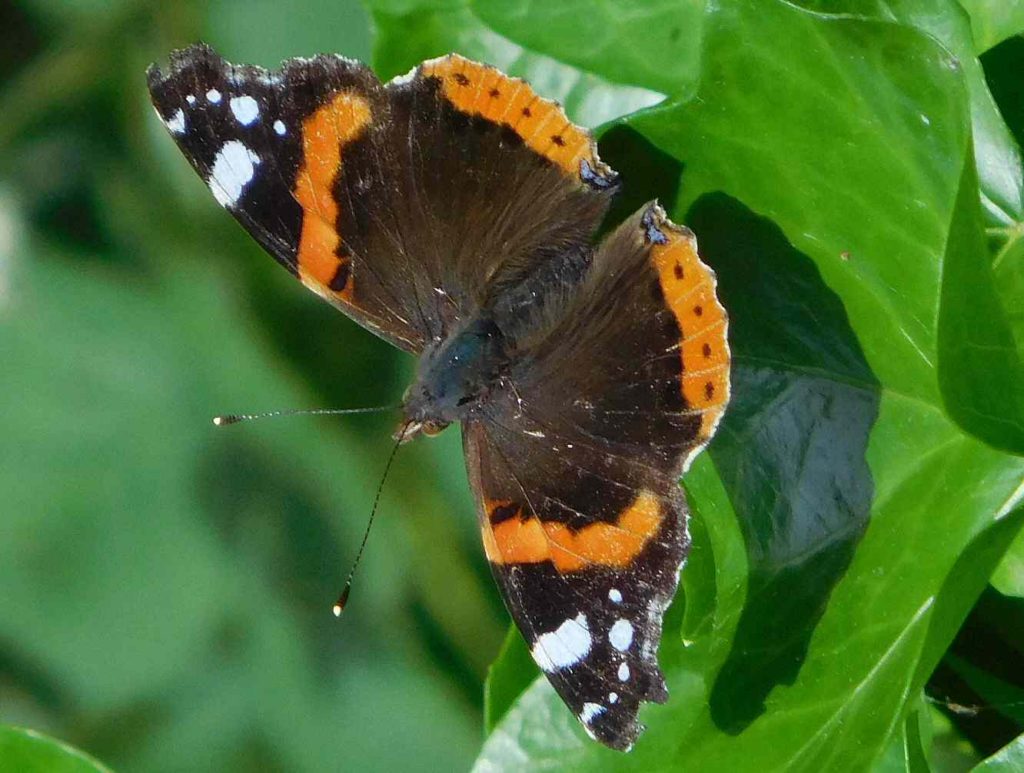
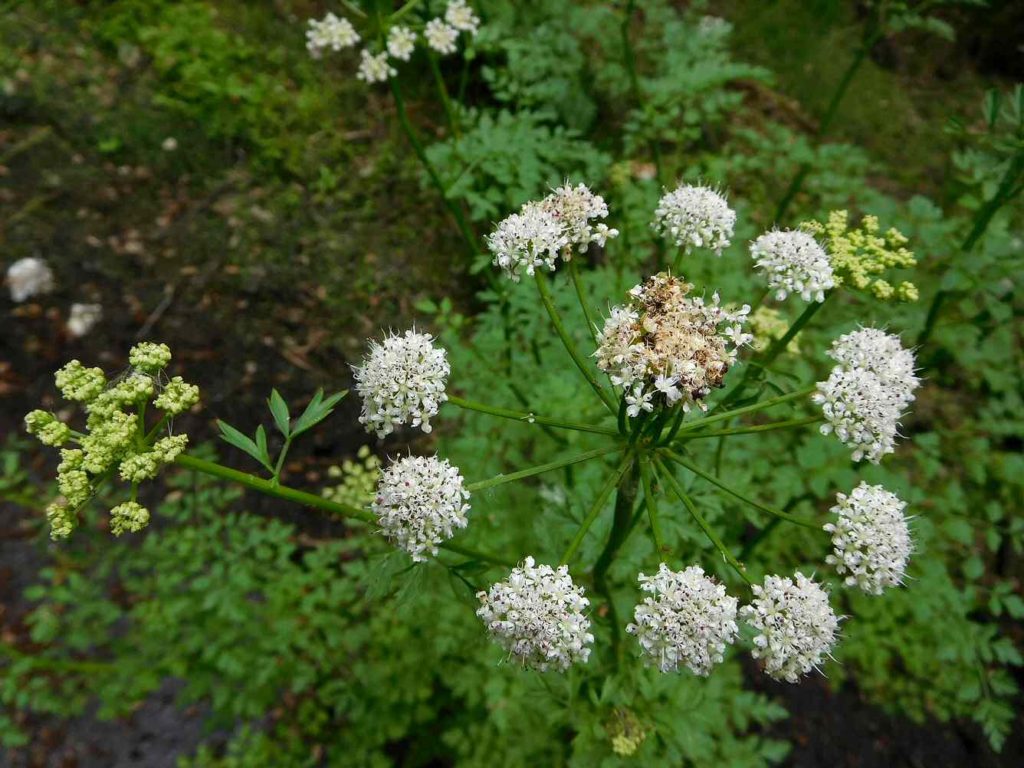
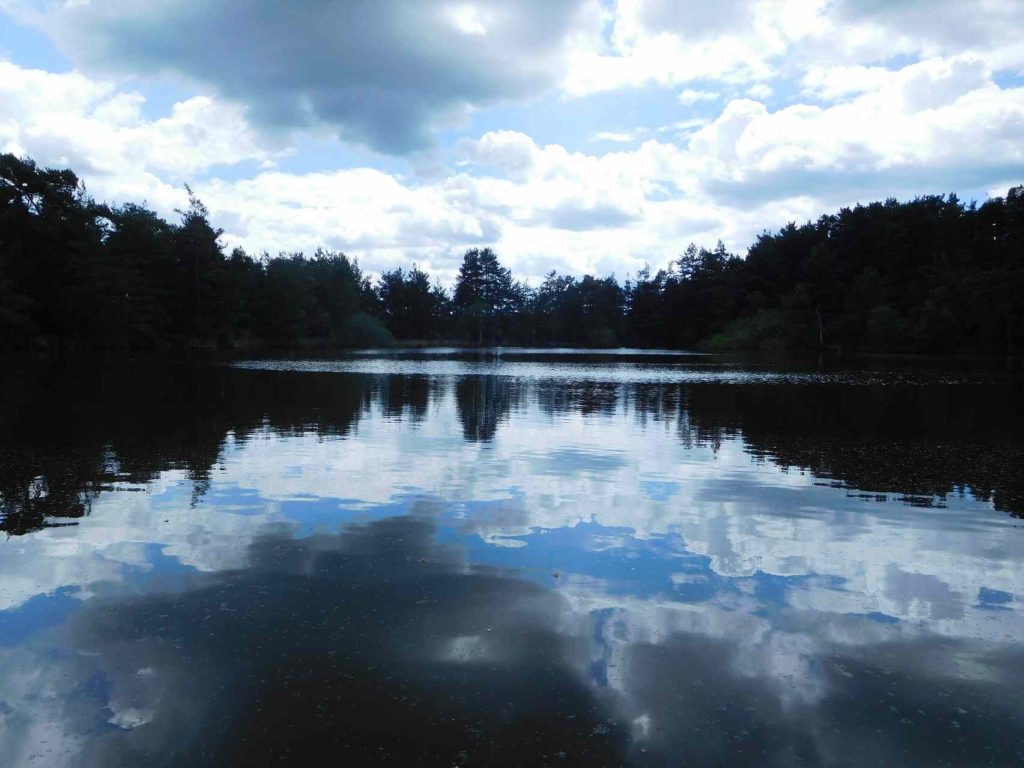
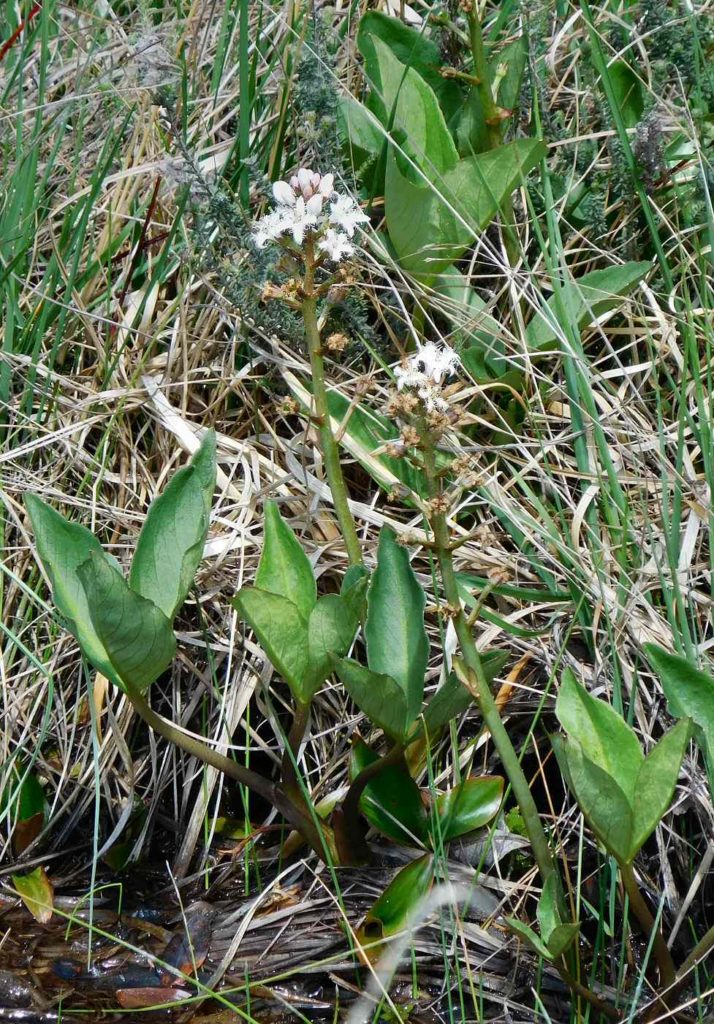
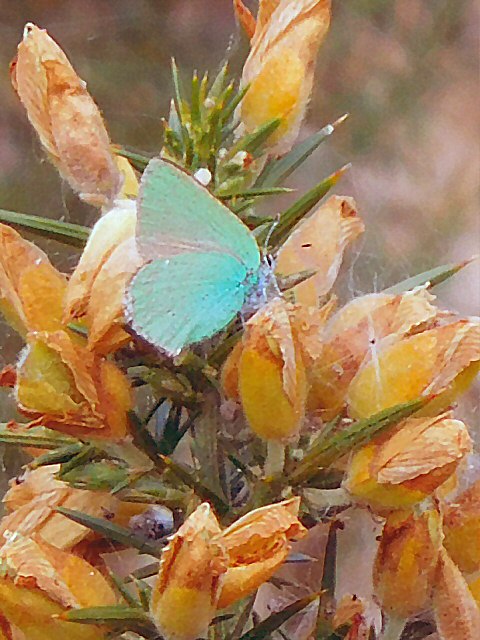
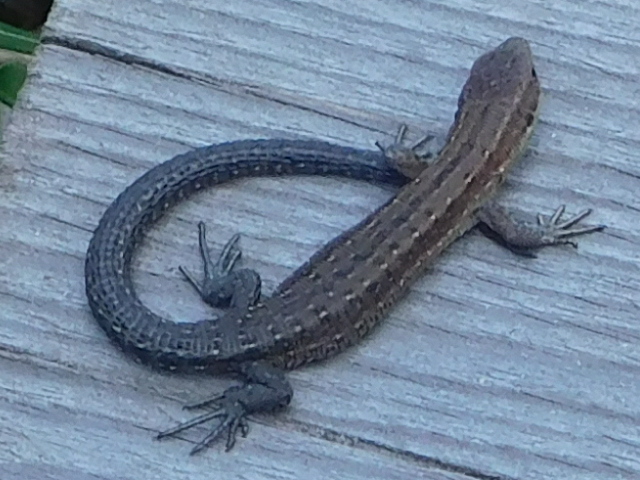
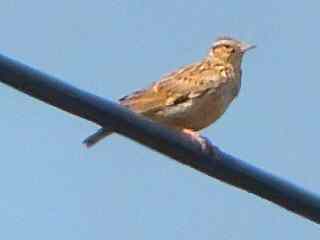
After a long cold spell, it again felt like spring today, and despite the cloud I went to Wraysbury, thinking that it could be a good time for warblers.
I was greeted by a pair of Cormorants on a bleached branch beside the lake. And a moment later by the first of many Blackcaps. Warbler the first.
A little way along the path, a rapid and rich warble went on .. and on .. and on – aha! A Garden Warbler. (How to tell Garden from Blackcap? “Blackcap’s Brief.” Well, good enough for a first approximation.) Warbler the second.
I walked on a few paces, and glimpsed something small and brown in the willows. Binoculars showed an unmistakable Garden Warbler – Sylvia borin[g] – pretty much uniformly coloured, or rather, so beautifully countershaded that it looks flat in sunlight, quite the clever camouflage trick.
It started to sing – and was almost drowned out by the deafening repetitive din of a Cetti’s Warbler (roughly, Chwit-i-Pit-i-Pit! Chwit-i-Pit-i-Pit!), as usual without a glimpse of the songster. Warbler the third.
I then saw my first Banded Demoiselle, indeed my first flying damselfly or dragonfly, of the year. It’s always a lovely moment. A few bright yellow (male) Brimstone butterflies skittered about or sunbathed: perhaps the butter-coloured insect is the original “butter fly”, or perhaps the name refers to the fluttering flight of the whole group – it must make them very hard for predators like birds and dragonflies to catch them, and given how common it is to see a butterfly with holes pecked in its wings, it is easy to believe that anti-predator adaptations are highly advantageous.
Other conspicuous insects were a lot of Sawflies, looking much like tiny red wasps with black-and-yellow striped tails, and numerous large Bumblebees enjoying the purple Comfrey which is abundant beside the river.
The droning chatter of a Reed Warbler came out of another Willow beside the lake: Warbler the fourth.
From across the river, just audible but quite definite, came the Chiff-Chaff-Chiff-Chaff-Chiff-Chaff song of .. you guessed it. Warbler the fifth.
Across the bridge and onto the flat scrub, and in almost the first bush was a Whitethroat singing its short simple scratchy ditty. (Presumably female Whitethroats find it enticing. Or other males find it repellent, one or the other. Maybe both, actually.) Warbler the sixth.
I reconnoitred the wood-and-scrubby area for possible Willow Warblers (they don’t inhabit willows any more than Willow Tits do), but they don’t seem to have arrived yet. Some Song Thrushes improvised their fine, repeated melodies of many different repeated phrases.
A six-warbler walk … one of the delights of May.
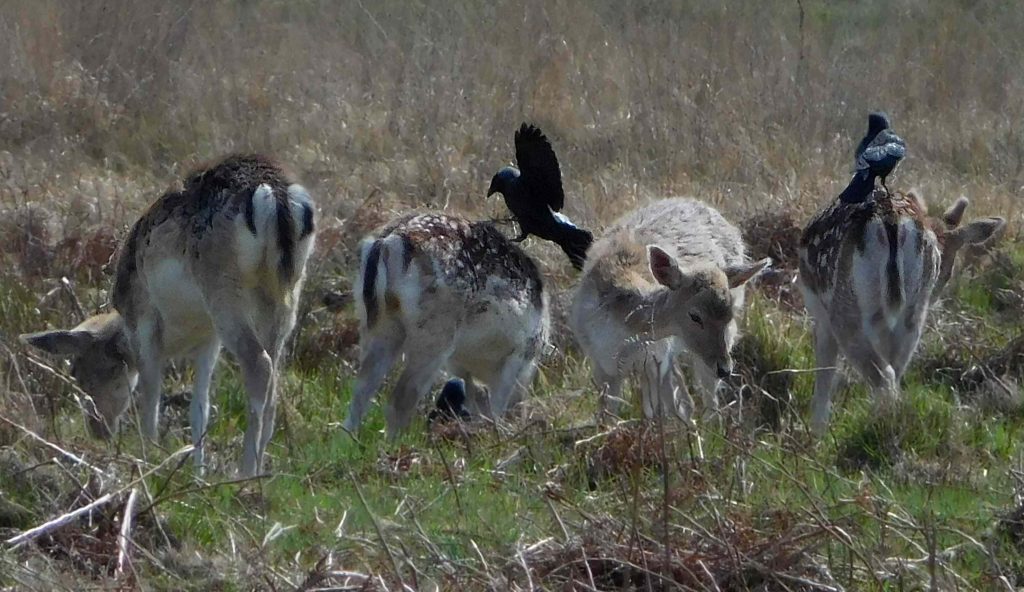
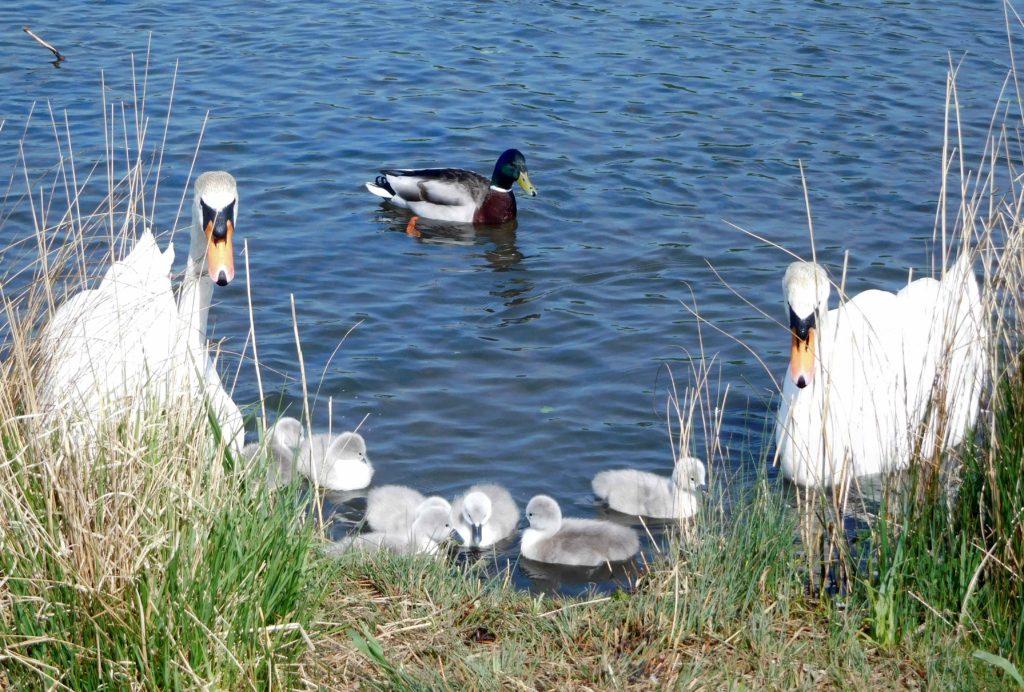
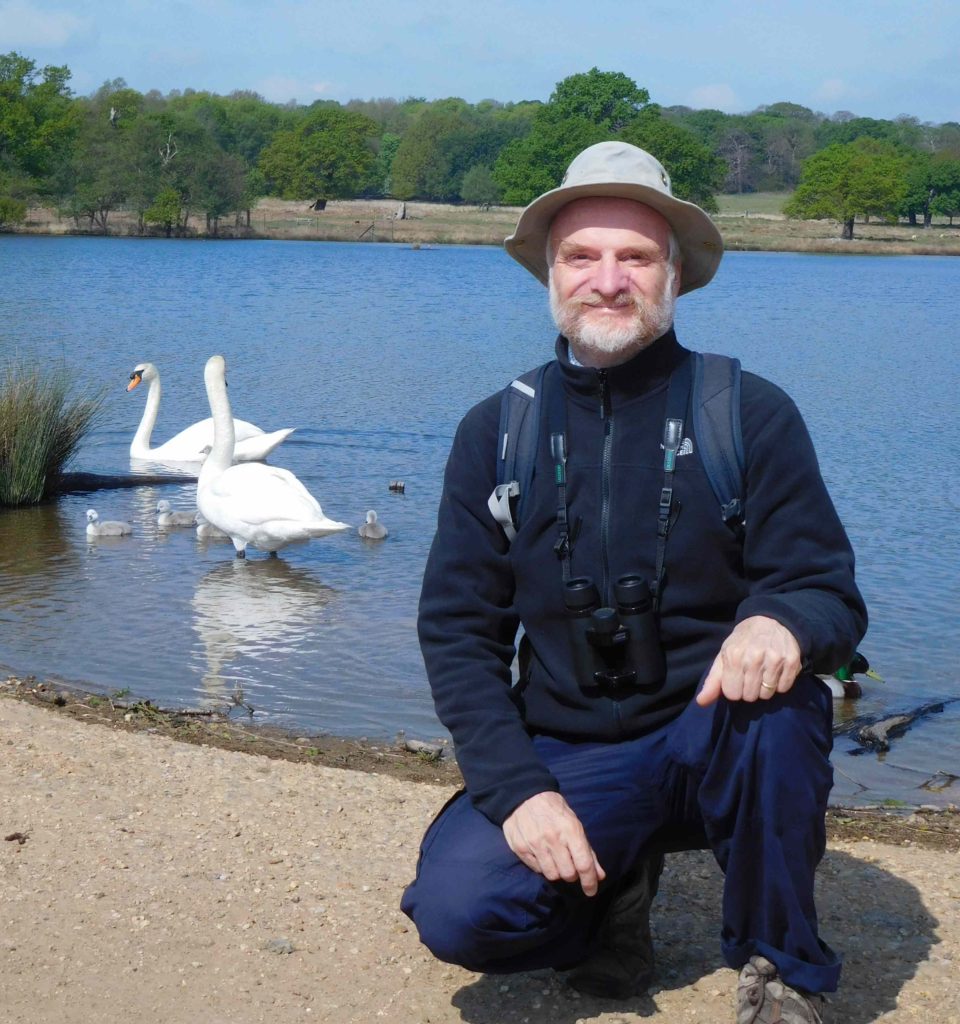
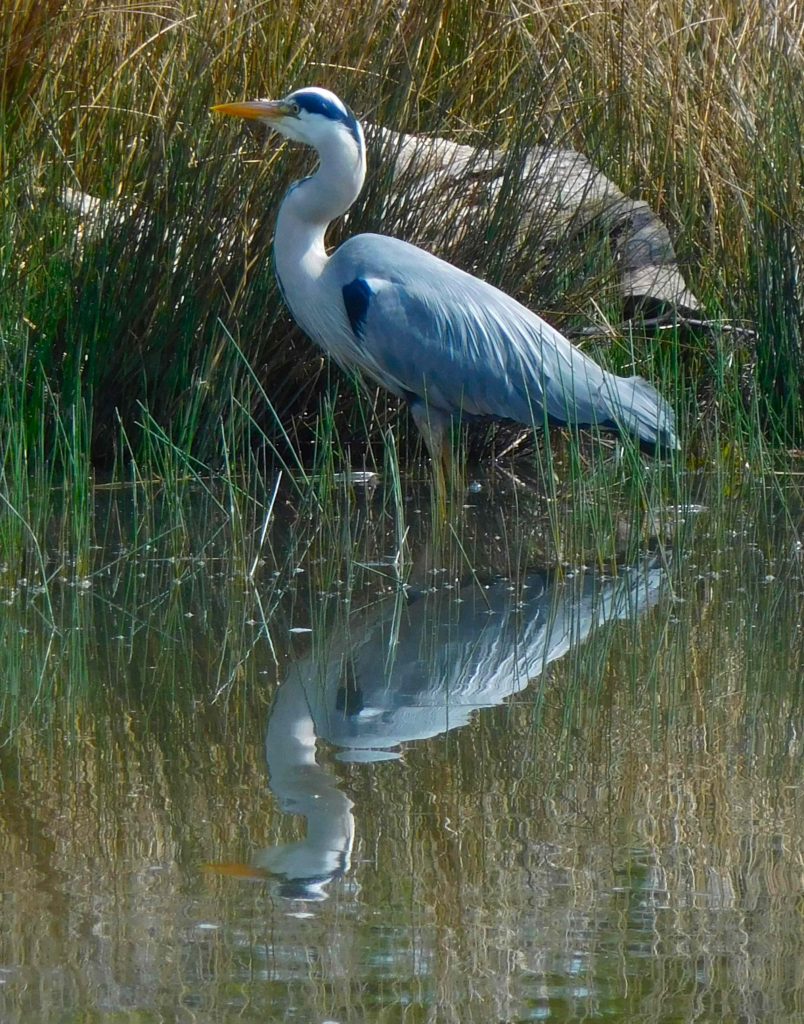
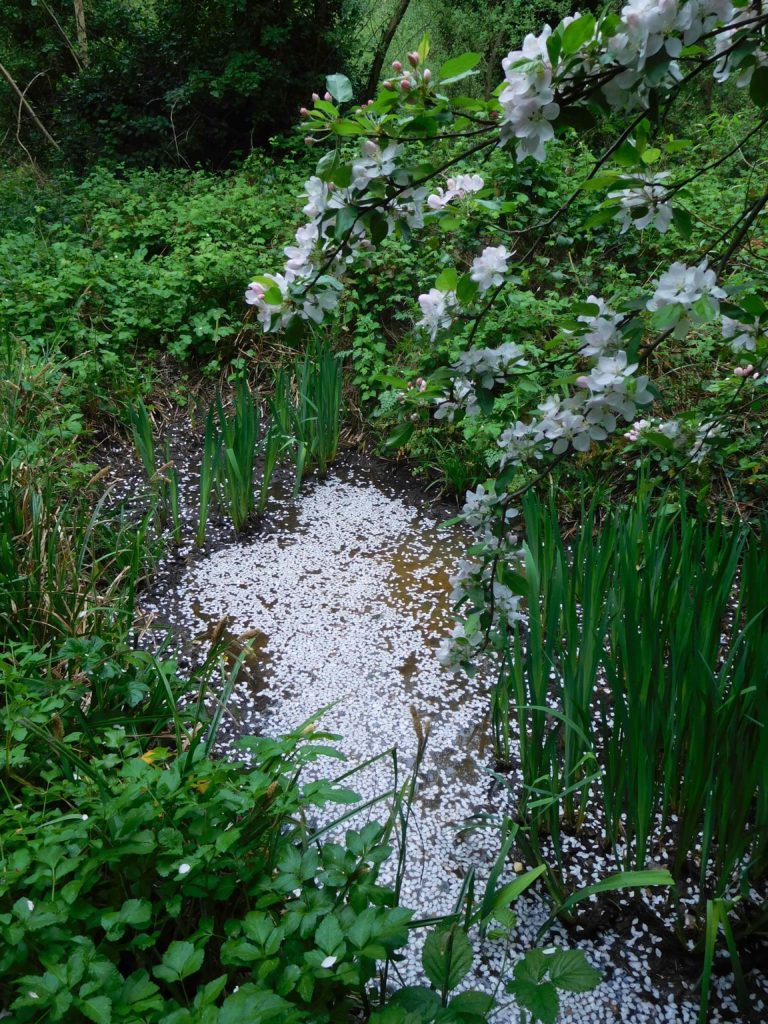
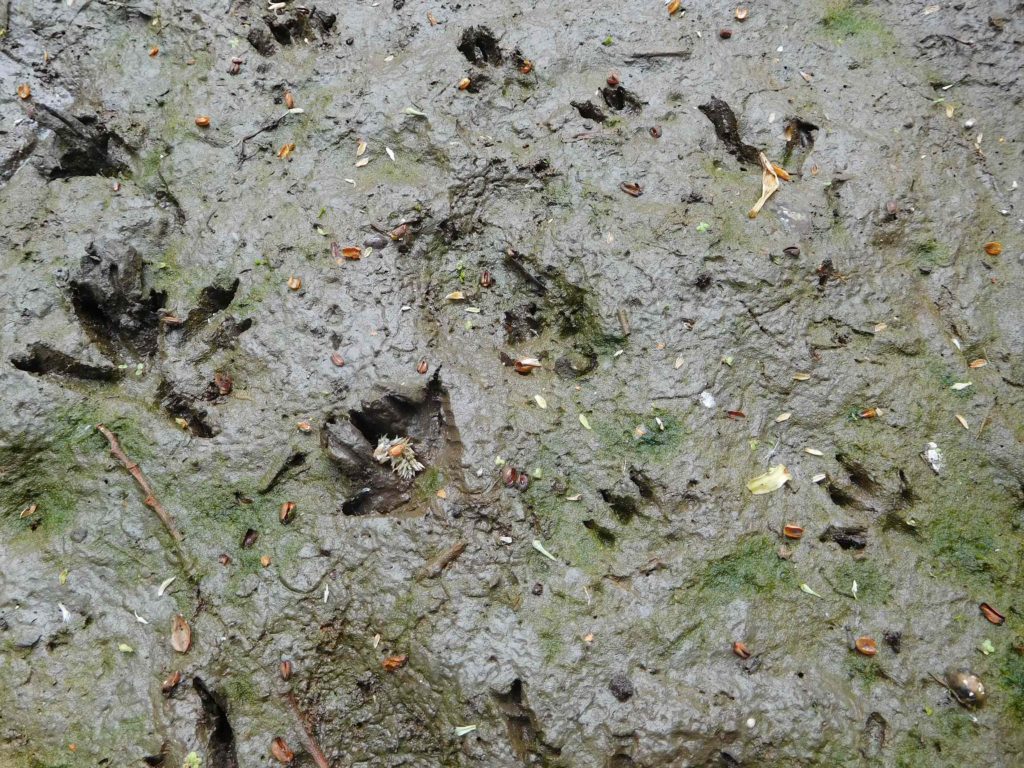
I’d hardly stepped onto the path before a pair of Peacock butterflies spiralled up in a territorial dispute – the little meadow was evidently prime habitat, and the males were fully charged up on this beautiful spring day.
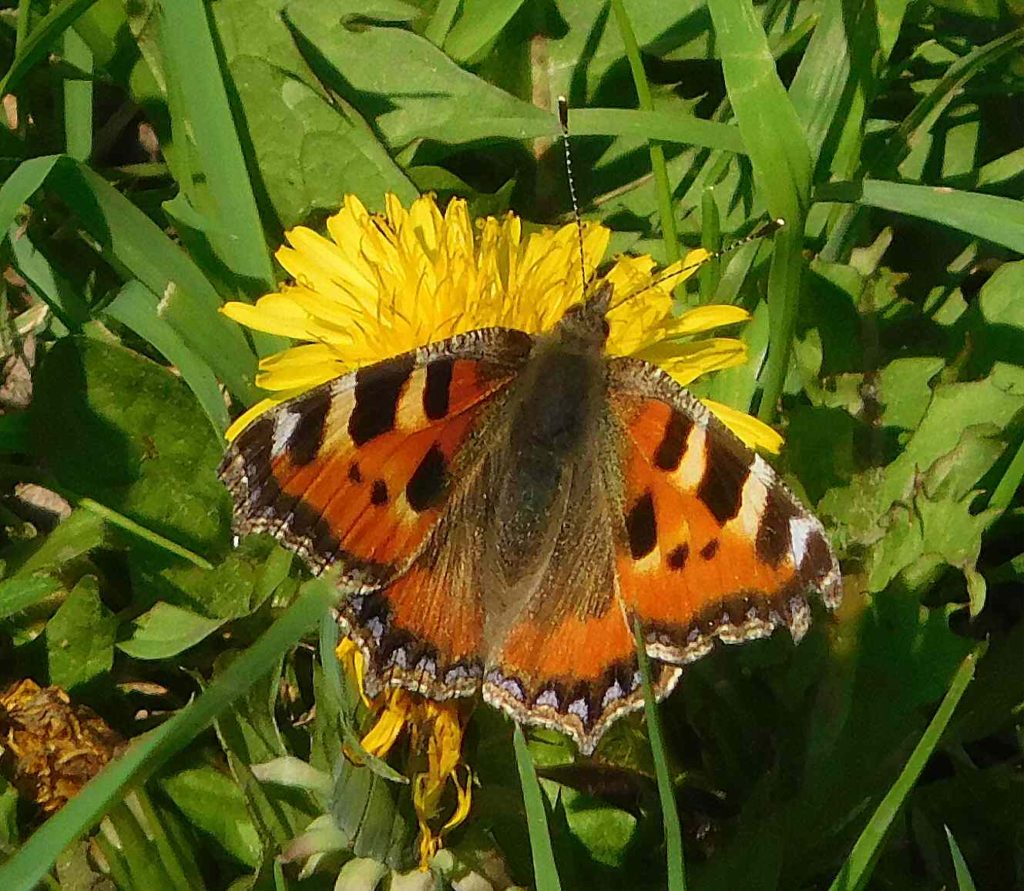
A bit further along, a Small Tortoiseshell was visiting some of the many Dandelions by the path. It’s certainly my first this year; and I can’t recall seeing one here at Wraysbury before. It was once a common butterfly but nowadays unkempt beds of Nettles are rare enough, and like all our showier butterflies, they’ve suffered from the changes to the countryside, including insecticide sprays.
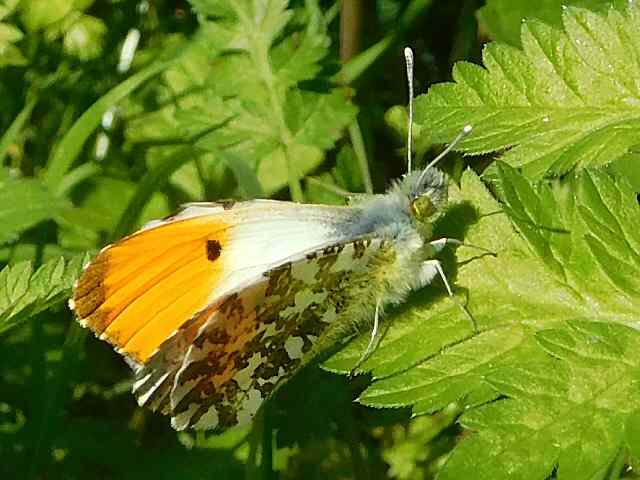
The next delight was the first Orange-Tip of the year. It’s a “White” butterfly but with beautiful coloration above and below: the underwing is remarkably well camouflaged.
In a woodland glade, two Commas tussled for the best display position.
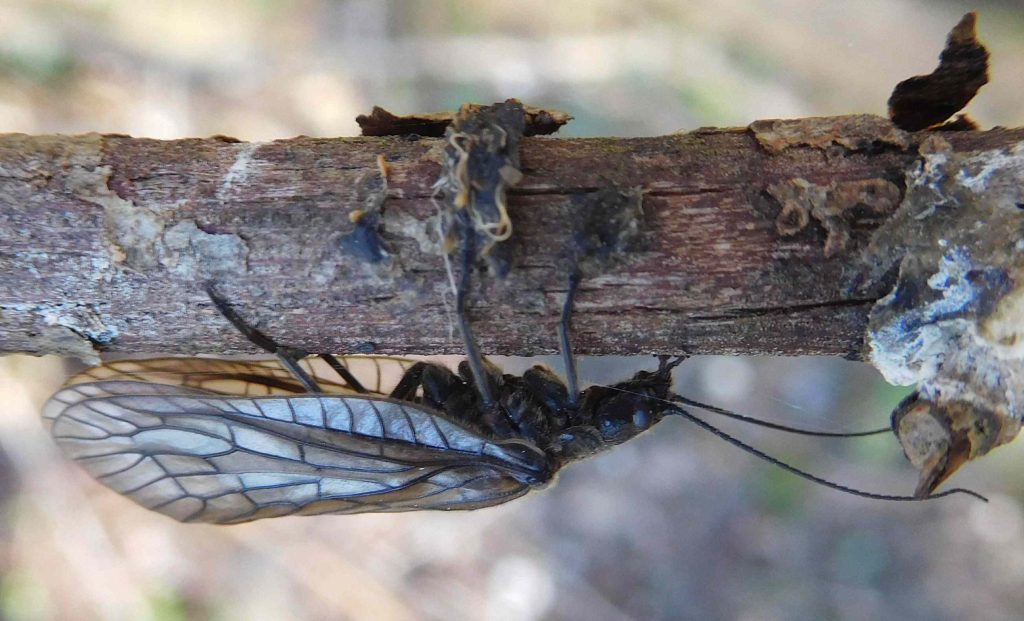
And near one of the lakes, an Alder-Fly clambered along a twig. The larvae are aquatic; on a good day in early summer, the air can be full of adult Alder-Flies.
Birdsong was pretty much continuous, with Blackcaps, Chiffchaffs, Great Tits, Song Thrushes, Blackbirds, Green Woodpeckers, a Cetti’s Warbler and I think a Sedge Warbler too all contributing their songs. A Heron gave a harsh croak and some ungainly squawks. A Parakeet shrieked overhead. A Kestrel hunted silently. Spring has sprung in Wraysbury.
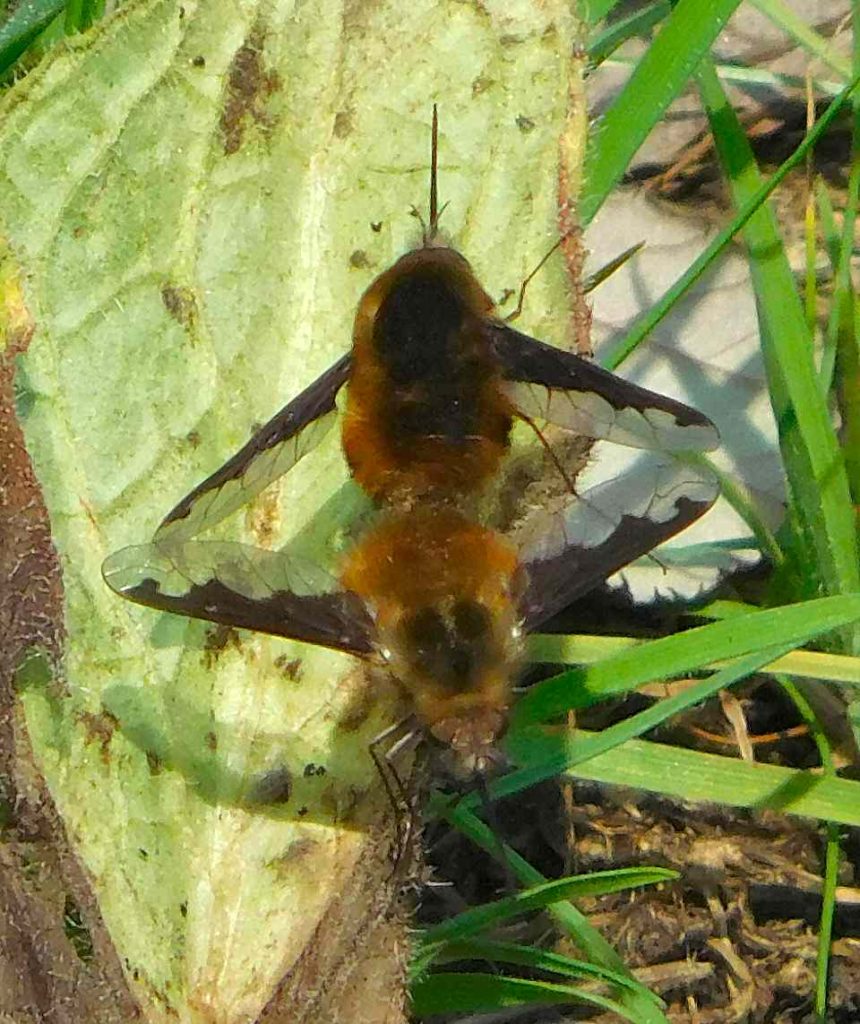
Several “firsts of the year” today: a Blackcap sang in the reserve; the first Speckled Wood butterfly, closely followed by a pair of males fighting in a clearing; the first Comma on the Picnic Meadow; and these splendid Bee-Flies with their handsomely pictured wings, demonstrating that they may be short, round, and furry, but they can fly while coupled tail-to-tail, not as elegantly as a wheel of Dragonflies maybe, but unquestionably able to get airborne, one of the two flying (of course) backwards.
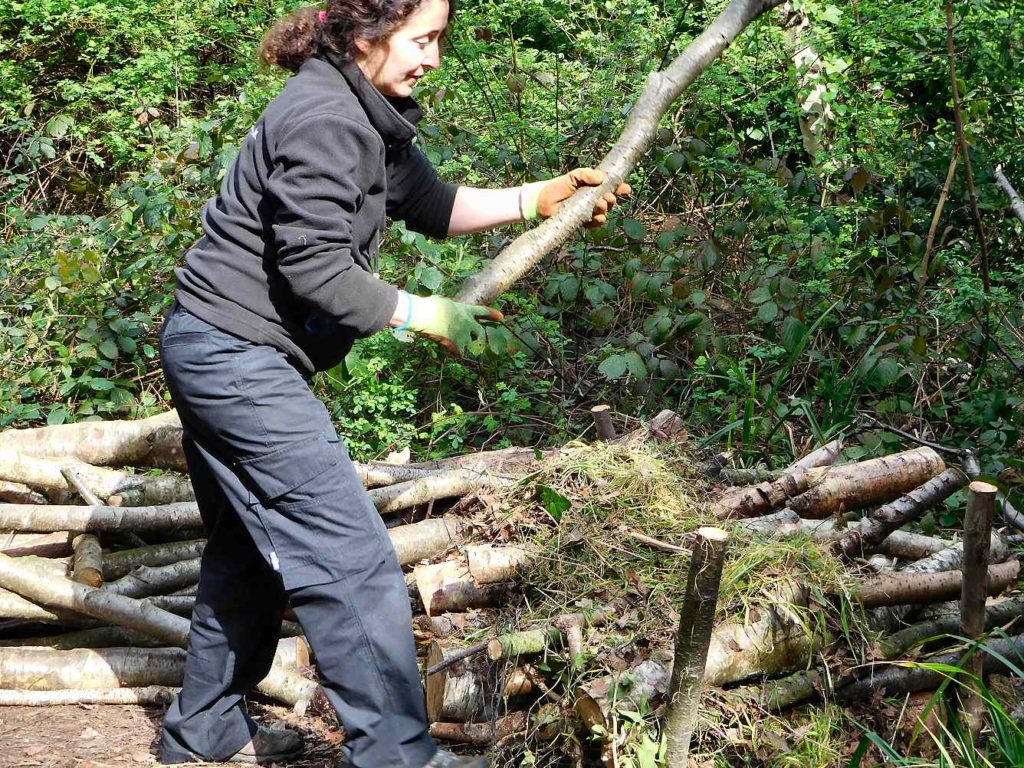
After building a habitat woodpile, we spent the day scything the meadow and raking up the clippings to deplete the mineral status little by little. It seems to be working nicely, as the range of insects and flowers is plainly increasing. Netty found some Vetch and Mouse-Ear; and there are attractive Red-Tailed Bumblebees to join the Buff-Tails and White-Tails that are emerging from their winter lairs.
The air was full of birdsong from Chiffchaffs, Blackbirds, Great Tits, Blue Tits, Goldfinches, Robins, Dunnocks and the newly-arrived Blackcap. A Sparrowhawk circled overhead. The cherries are all in flower. Spring has sprung.
